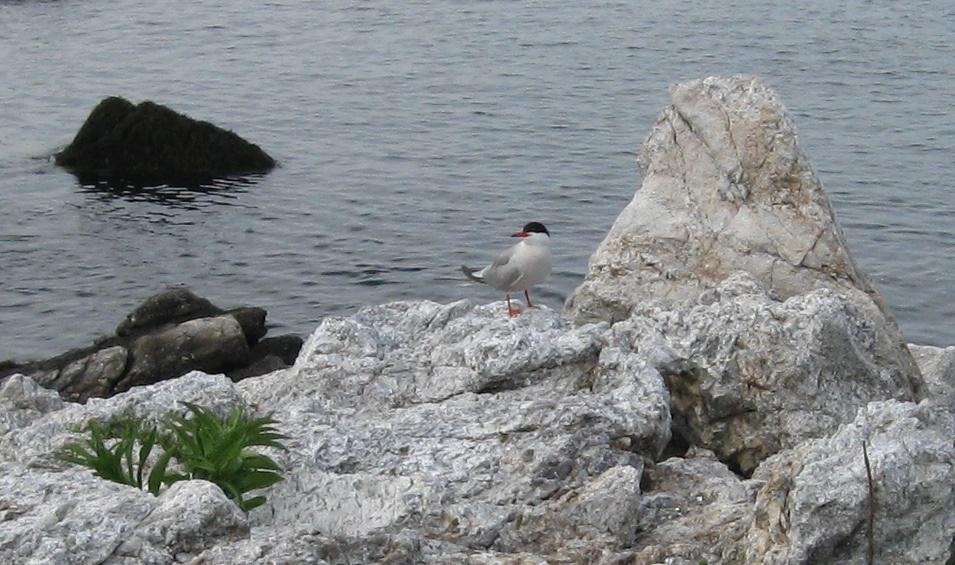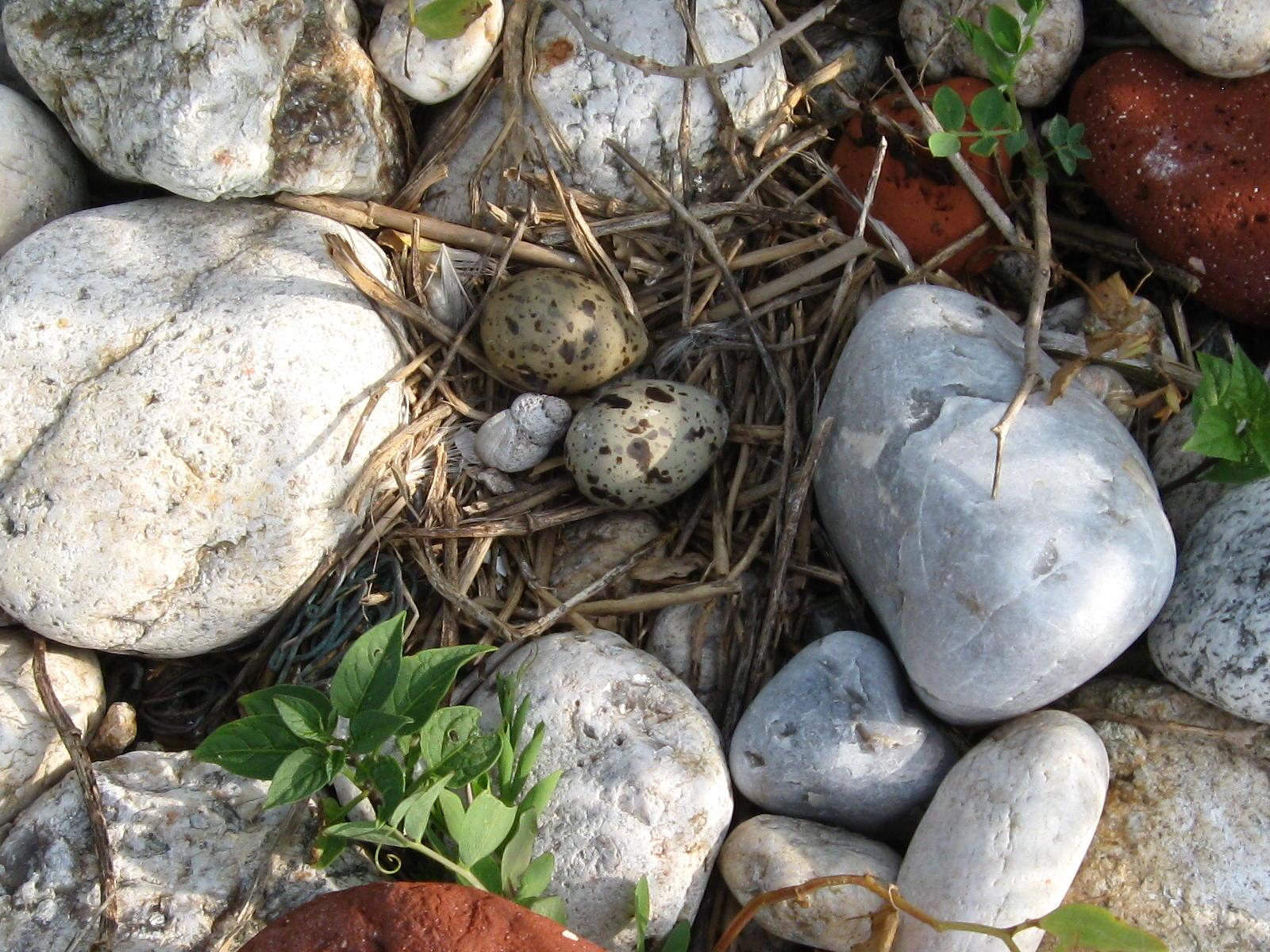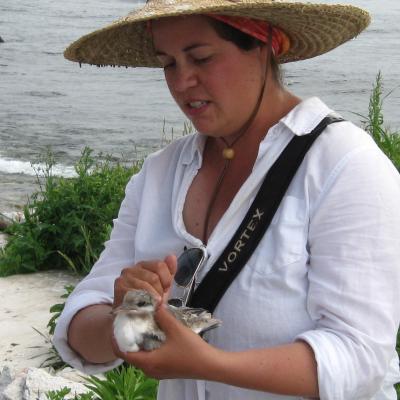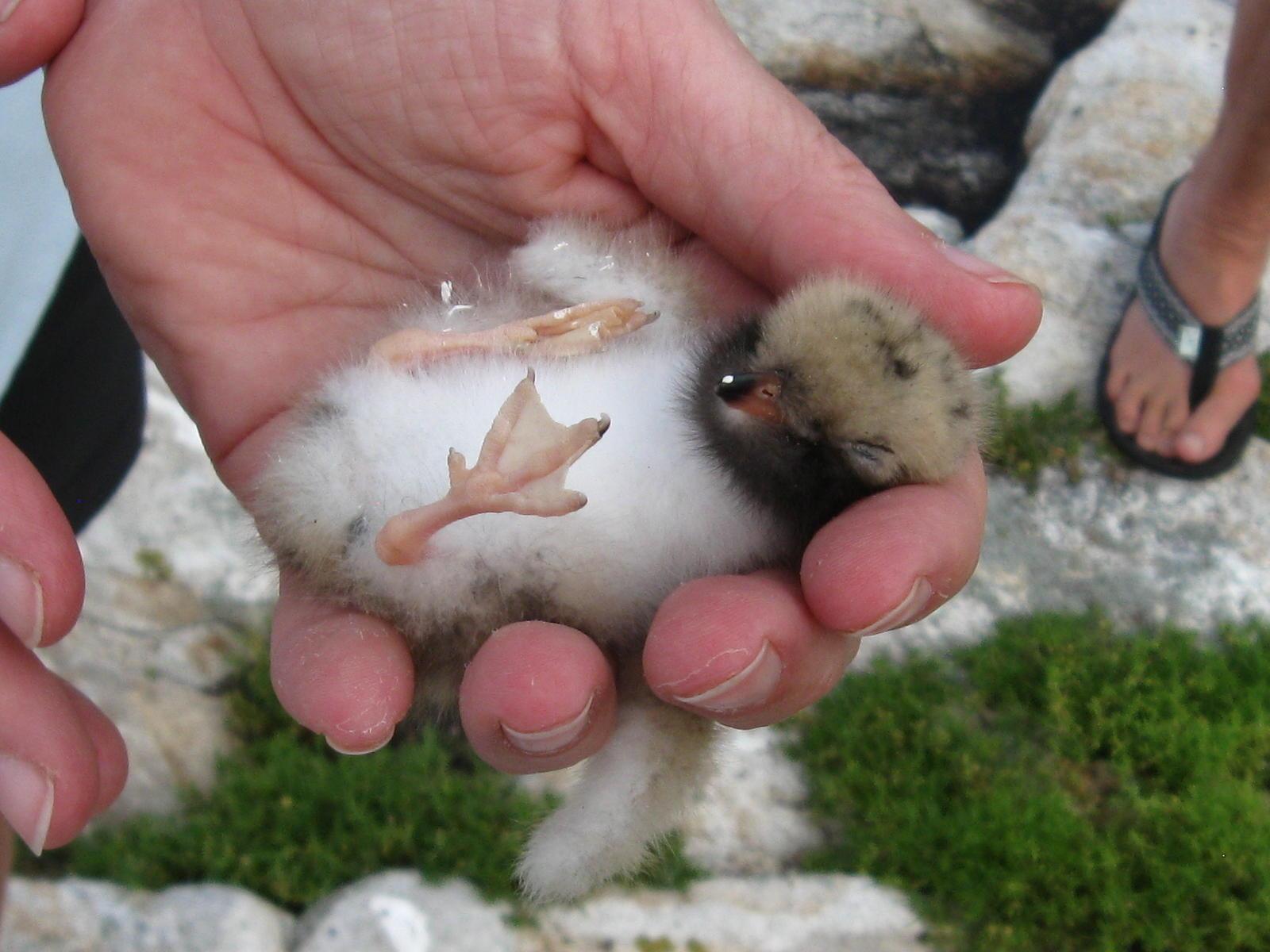Shoals Marine Lab monitors recovering NH Tern population
- Tags:
- Wildlife,
- Something Wild

Common Tern. Photo Chris Martin
We started the day on Appledore Island, just outside Portsmouth Harbor. The Shoals Marine Lab, resident there, traces its history back to 1928. Among the biologists spending the summer there this year were Dr. Elizabeth Craig, Tern Conservation Program Manager. "There are three species that I’m hoping we’re going to see today; the common tern, the roseate tern and the arctic tern." In her orientation she walks through the differences among the species, but all three are long lived, which for birds, means 10-30 year life-spans
And in that time, the terns log some serious miles. After orientation we file onto an inflatable for the short boat ride to White and Seavey islands, home to one of the largest tern colonies in the gulf of Maine, and the only breeding site for these birds in New Hampshire. Project Leader Jen Seavey marvels at the tern's incredible migration distances, "over its lifetime it flies to the moon and back 3 times. 1.5 million miles. A four ounce bird!"

Those are stats for the arctic tern, only a few of which nest here. But White Island is now home to over 3,000 pairs of common terns, which are on New Hampshire’s state-threatened list. And nearly a hundred pairs of federally endangered roseate terns, too. When NH Fish and Game and NH Audubon began restoration 20 years ago, there weren’t any terns at all!
When we disembark on White Island, Liz leads us through rocky outcrops just above the shoreline; walking among a mix of herbaceous plants like beach pea, bind weed and rose bushes. Punctuated by the ever present fog-horn from White Island’s iconic lighthouse Liz tells us a bit more about what we’re gonna see, namely tern chicks, precocial tern chicks. "Even on day zero they can leave the nest cup, they’re already fluffy and open eyed on day zero the day they hatch. One of the challenges we have is monitoring them because they’re so mobile."

But that's one of the jobs she's charged with. And today, "monitoring" means banding. But, before we enter the breeding area - where all the chicks are - Liz pauses to provide us with some useful equipment: hats. The wide-brimmed straw hats she pulls out of a cardboard box, will protect us from the terns’ sharp beaks. Adults will hover and dive, and administer a sharp peck on the scalp, to deter intruders too close to their nests. And my rain jacket keeps airborne tern poop off my clothes. Now suited up, Liz relays the rules for walking among ground-nesting birds.
"As we’re walking through there, if you see an egg in our path you point it out to the person behind you. When walking through any bird colony, you never put your foot down unless you look where you’re putting it," says Liz. The scene becomes Hitchcockian as we edge across the rocks, passing nests with eggs and tiny chicks at every step. The din kicked up by the adult terns protecting their territory and their progeny is incredible. "It can be a little scary, not everyone enjoys the experience of having a whole horde of birds attacking them. It’s wild but it can be a little scary."

In the midst of all this, Liz bends down and picks up one of the scampering camouflaged chicks. Cradling the living puffball in her hand, she begins taking its vitals, before coaching a volunteer through the banding process. Over the course of the summer, Liz and her team banded 240 tern chicks. These tiny ID bracelets are one way that biologists across the region know where terns go, how long they live and whether they will return to nest on these same islands in years to come.
